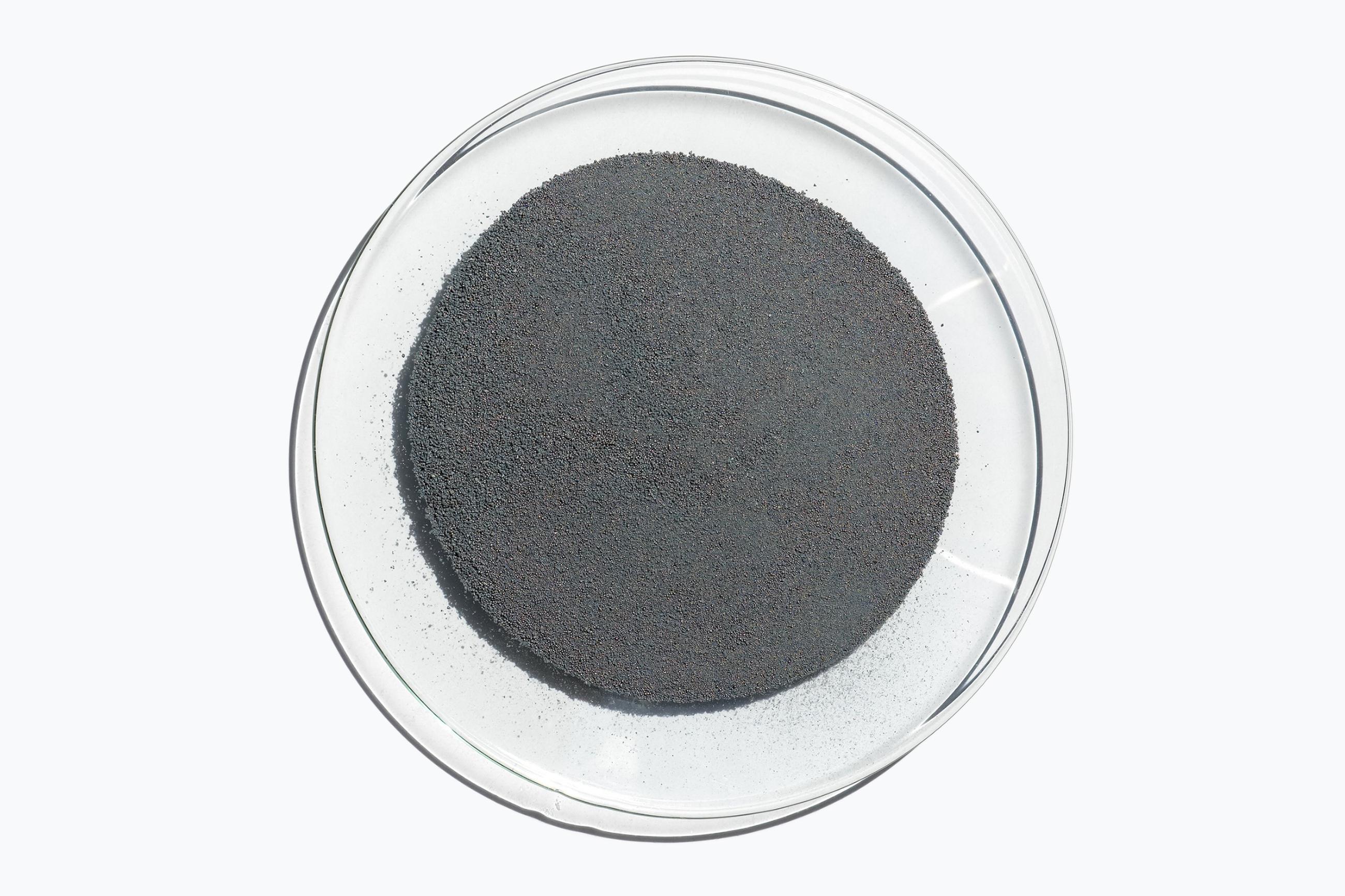Inherent properties of anode materials are important factors that affect battery performance. Currently, the emphasis of Li battery anode production is on silicon-based compositions, which suffer from swelling and contraction during charging and discharging. Meanwhile, phosphorous-based anode materials have high theoretical capacity but are still in the research phase, struggling to reach their next stage of development due to their own challenges.
A ternary alloy of Li-Sn- Zn also hold promise as an anode with high volumetric capacity for Li-batteries, but several attempts to synthesize the proposed ternary alloy by conventional melt mixing technique were unsuccessful. The phases tend to separate upon cooling to form binary alloys which are more energetically favorable but does not have the desired properties of the ternary alloy.
LLNL researchers have developed a Li-Sn-Zn ternary alloy and its method of production. Instead of traditional alloying techniques, the alloy was synthesized using mechanical alloying (high energy ball milling). With high purity elemental powders of lithium, tin and zinc, LLNL researchers were able to prepare Li60Sn20Zn20 as well as Li70Sn20Zn10 nanopowders. Each sample shows only a single cubic phase of the desired alloy powder is present; unlike conventional melt processing, no phase separation was observed in these samples, thus mechanical alloying was successfully use do to make the ternary alloys.
Publication: Saw, C.K., Choi, B.W., X-ray diffraction study of mechanical alloyed Li-Sn-Zn, 2019 Denver X-ray Conference, Lombard, IL, United States.
Image Source: stock.adobe.com
- The elemental composition of the ternary alloy can be tuned within a limited range without changing the crystalline phase to optimize for current capacity.
- The small nano-particle size aids the addition of other precursors (for example, processing aids) or elements to further tune material properties and increase processability.
- The melting point for the nanoparticles produced by this method is sufficiently high for additional post-processing (e.g., annealing and sintering).
Li-ion battery anode materials
Current stage of technology development: TRL 3
LLNL has filed for patent protection on this invention.
U.S. Patent Application No. 2022/0049328 Mechanically alloyed Li-Sn-Zn published 02/17/2022


